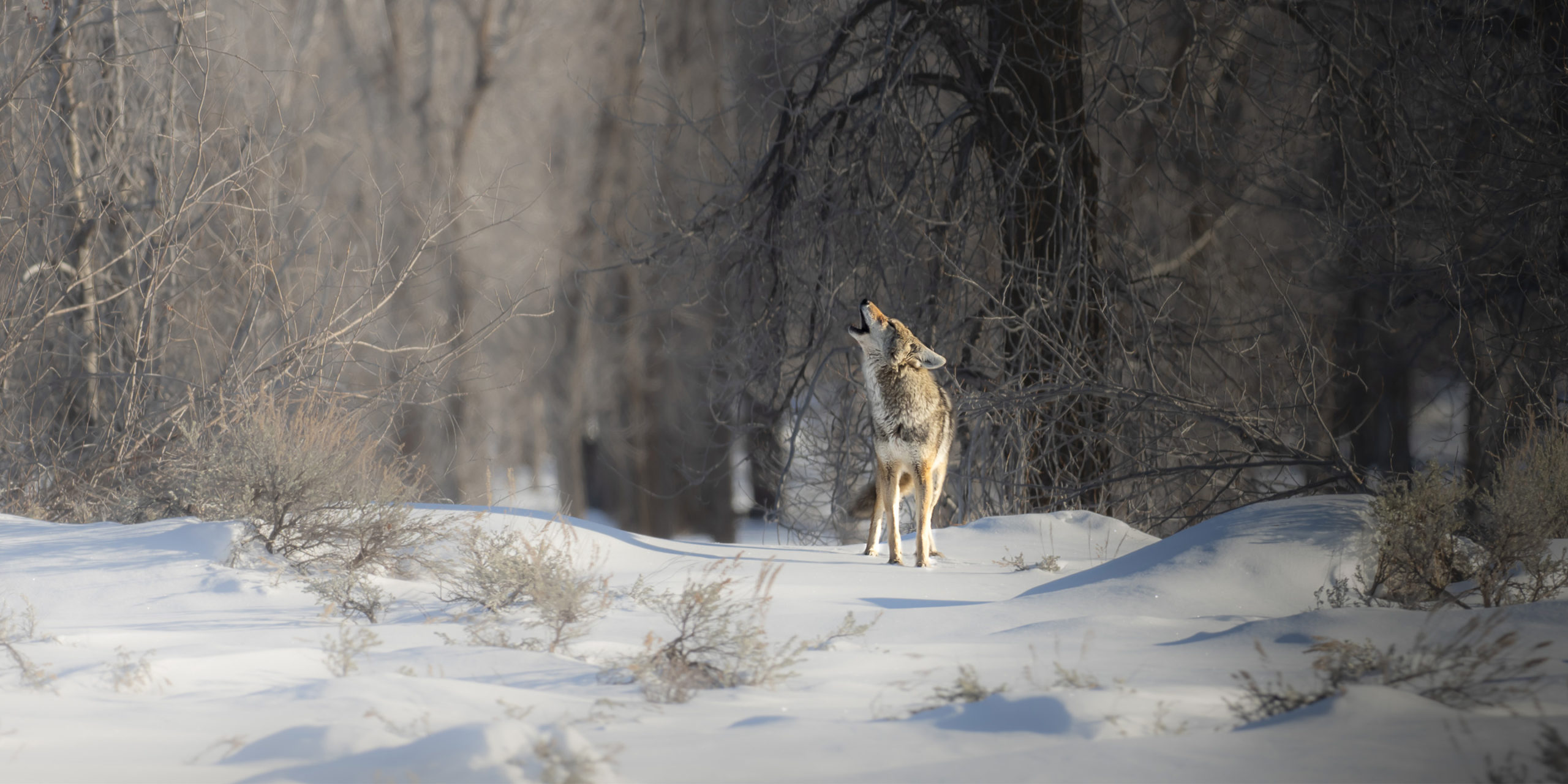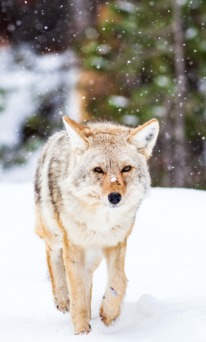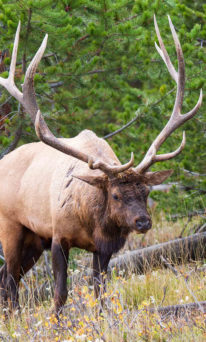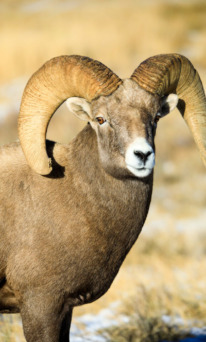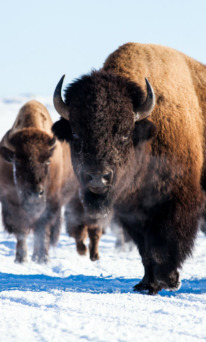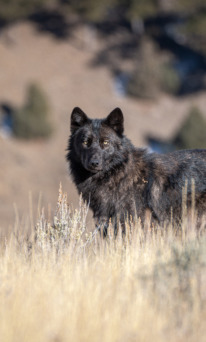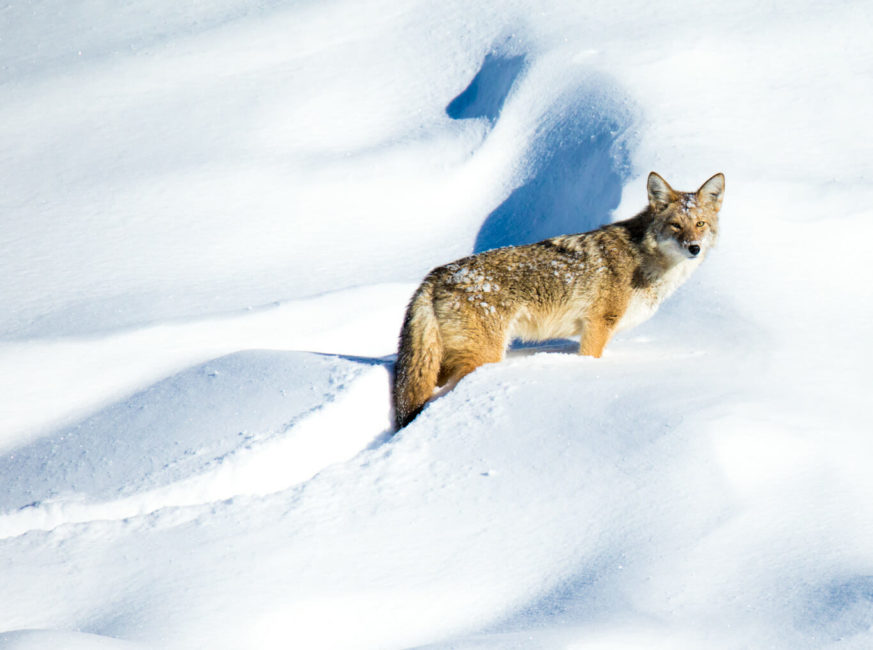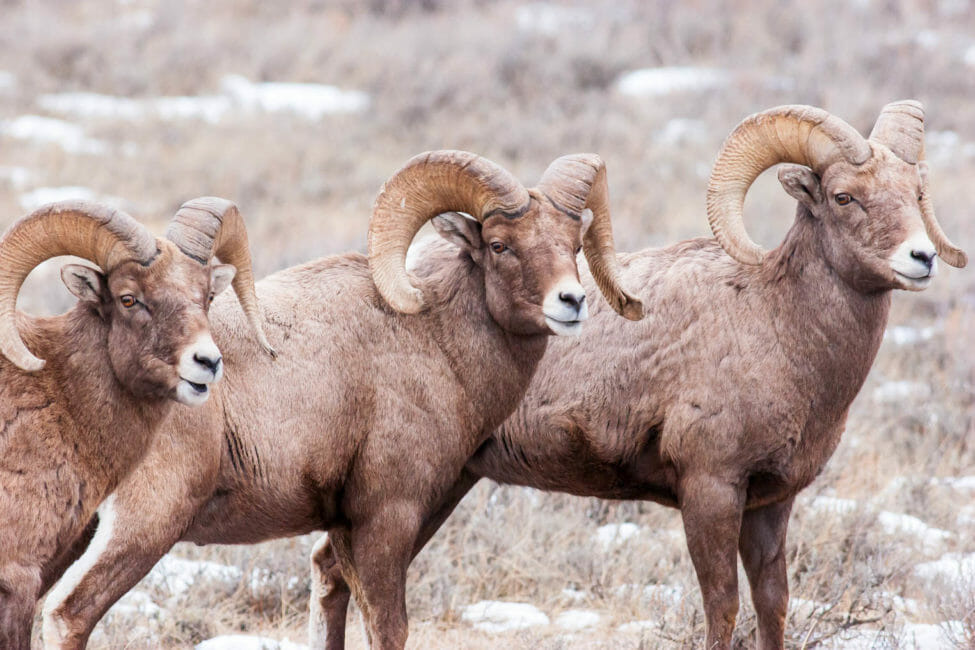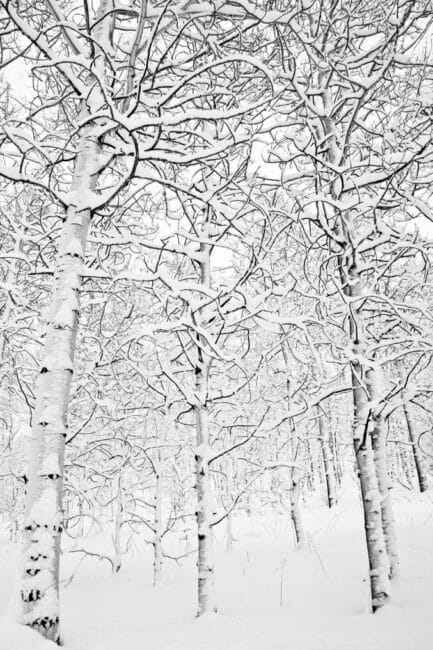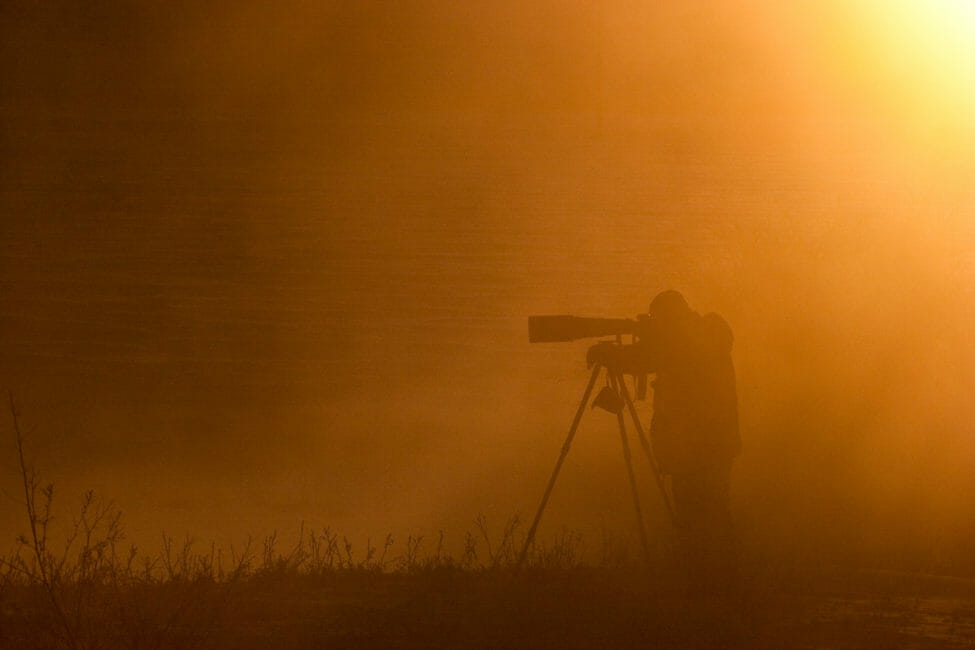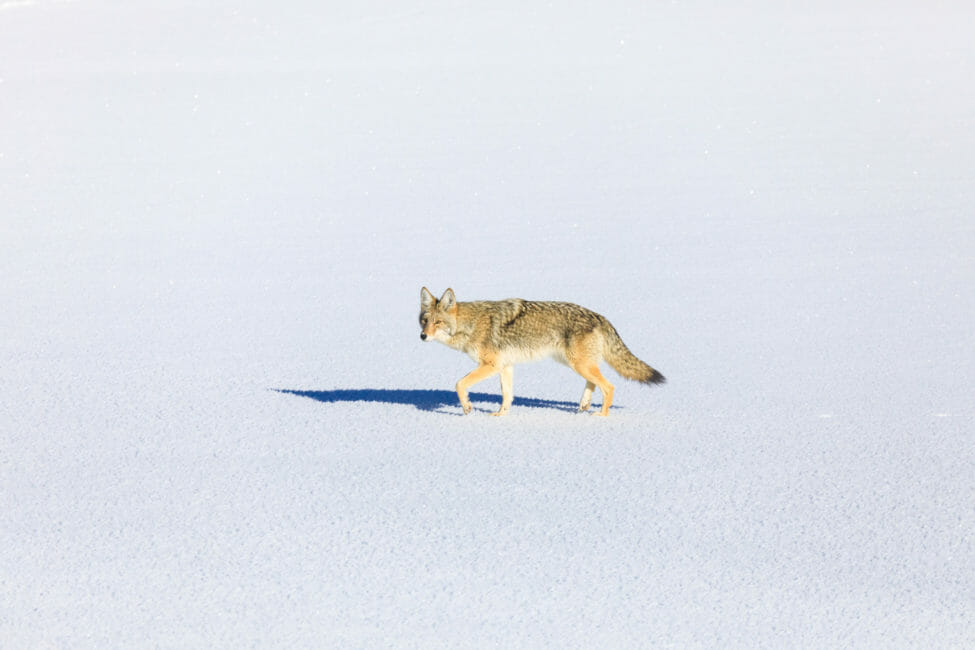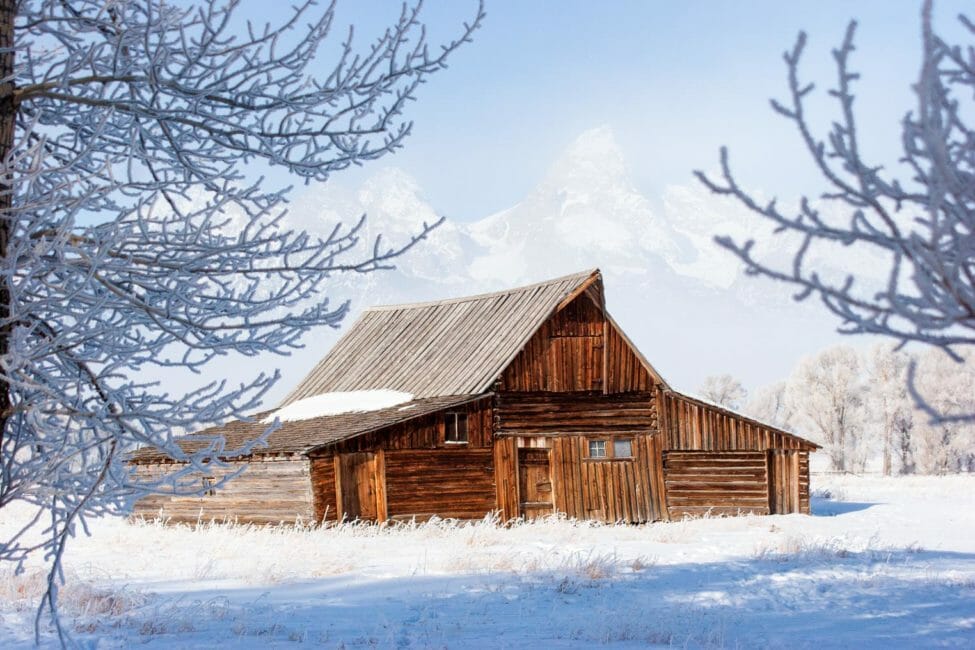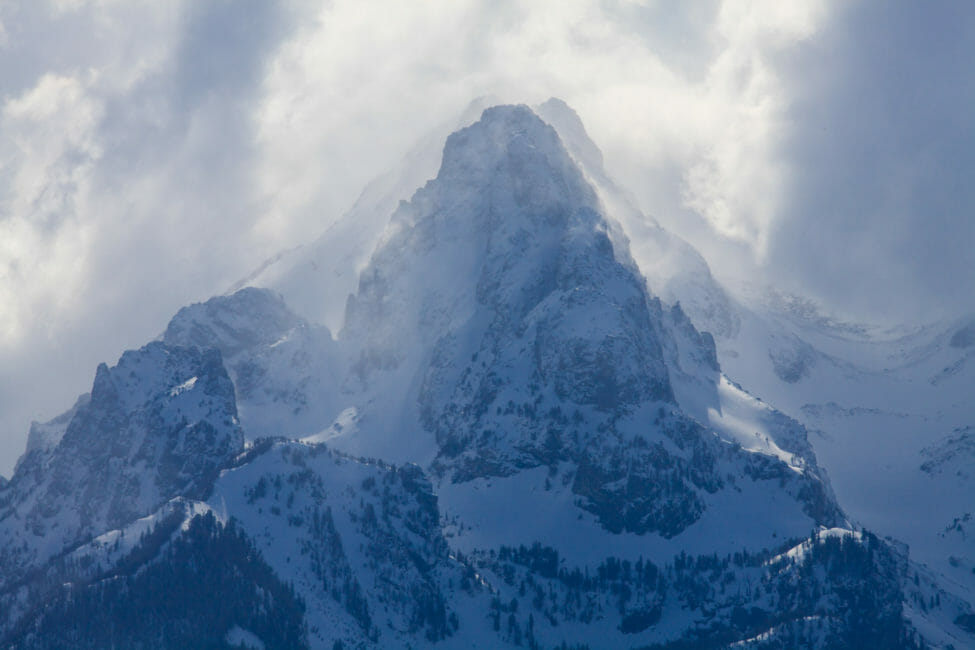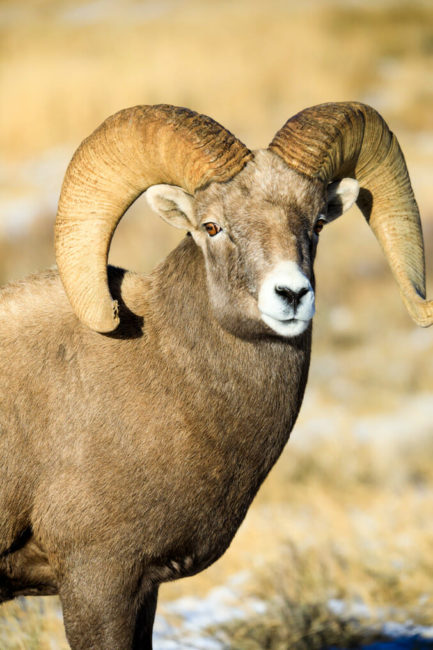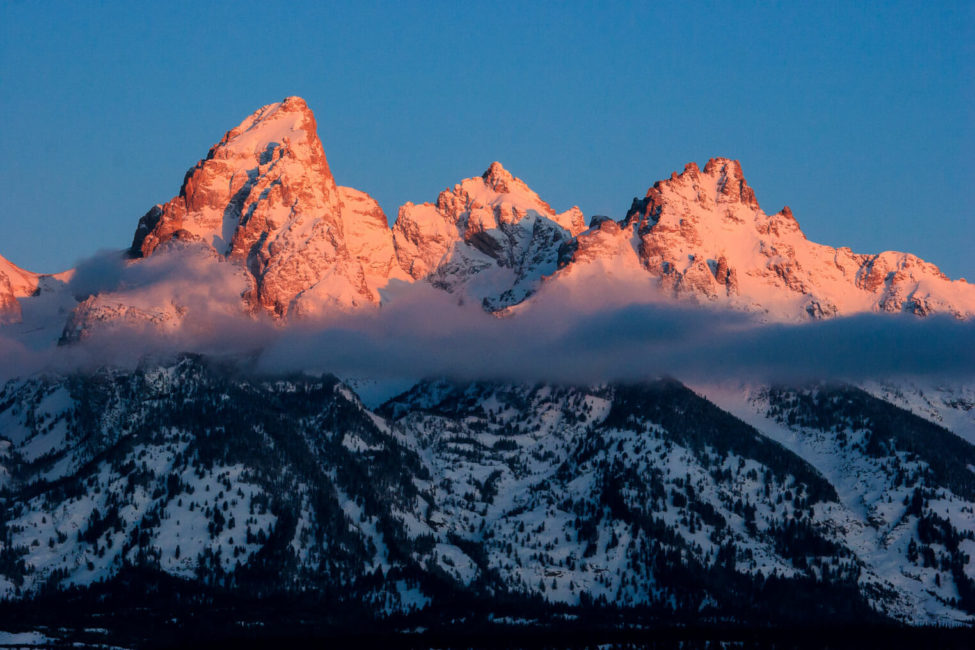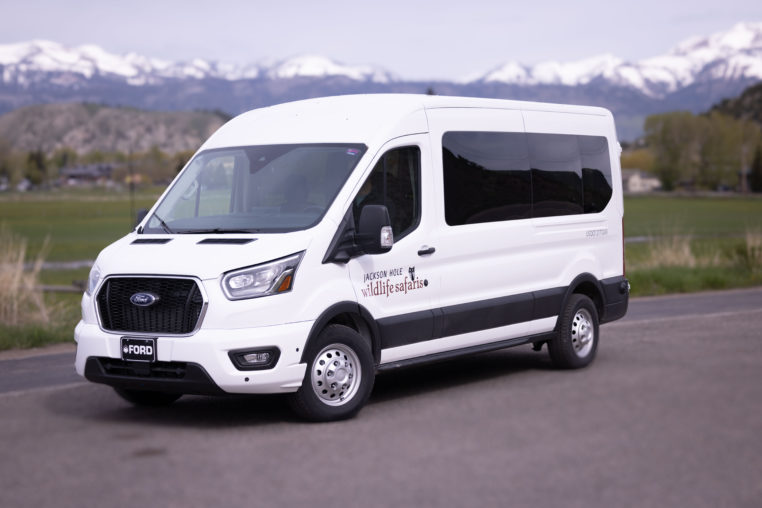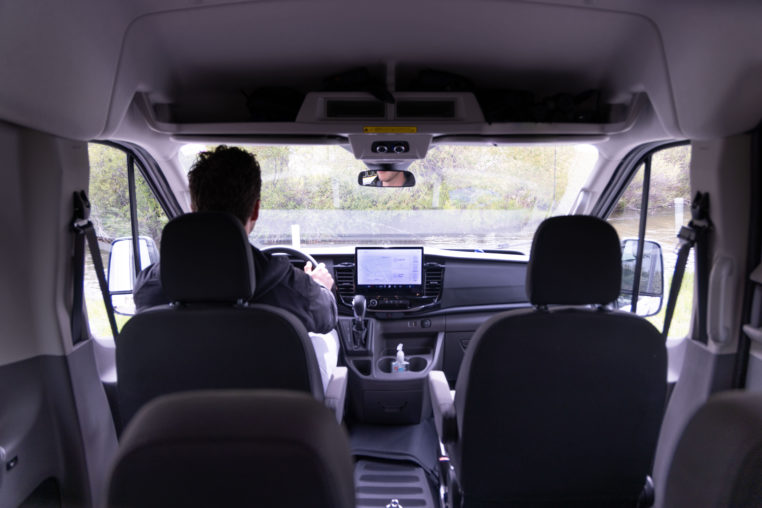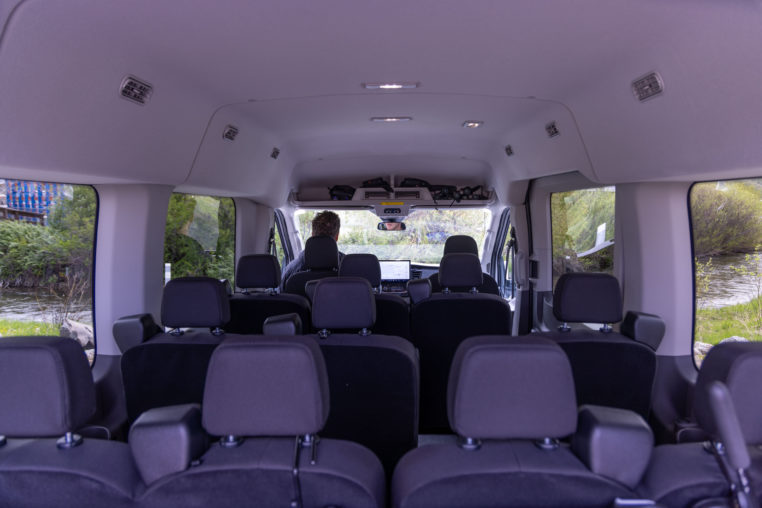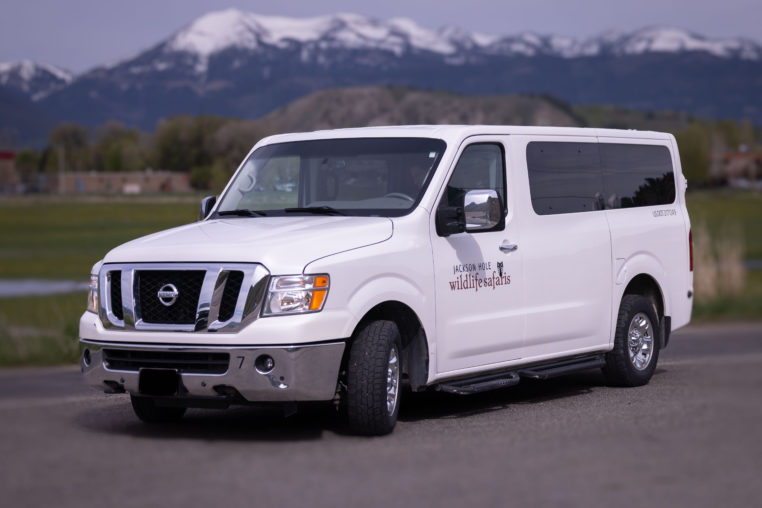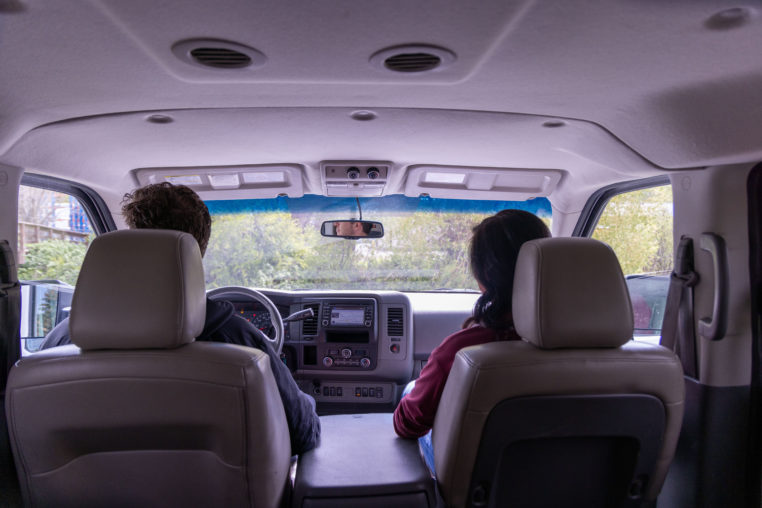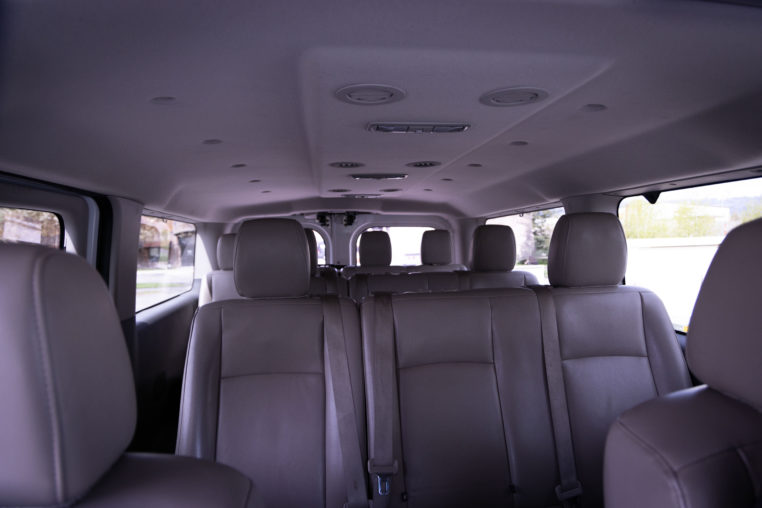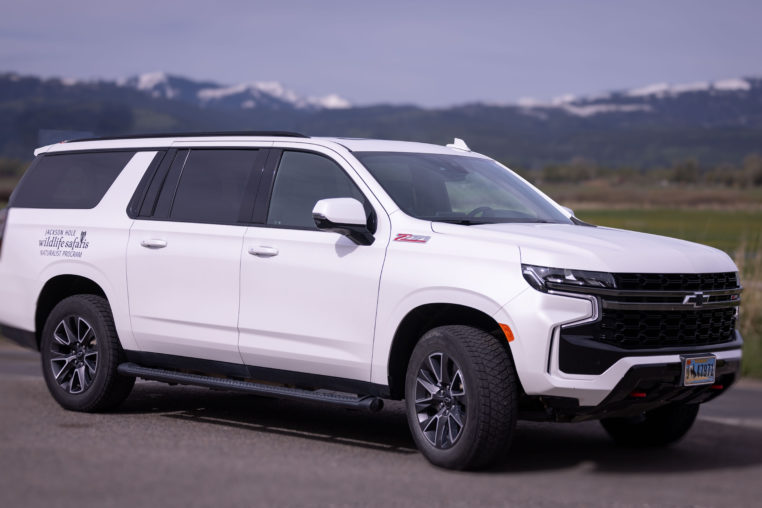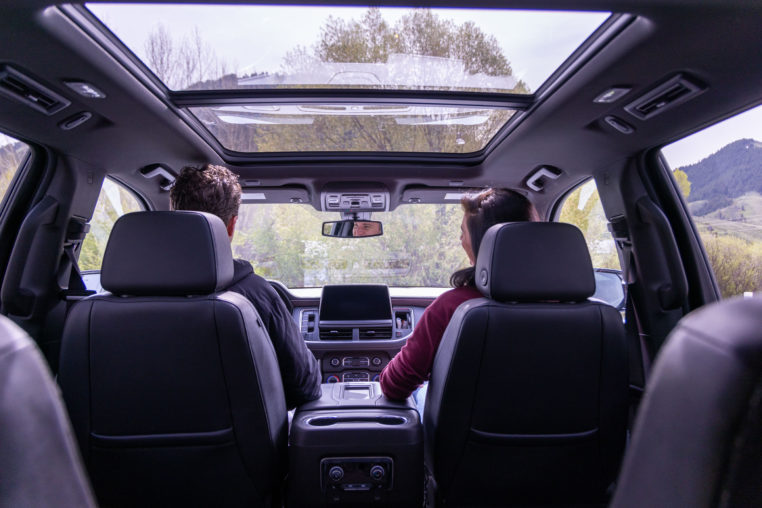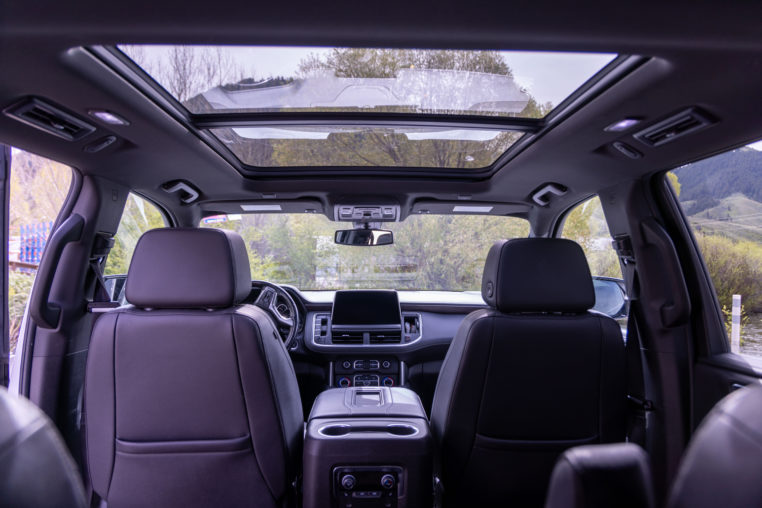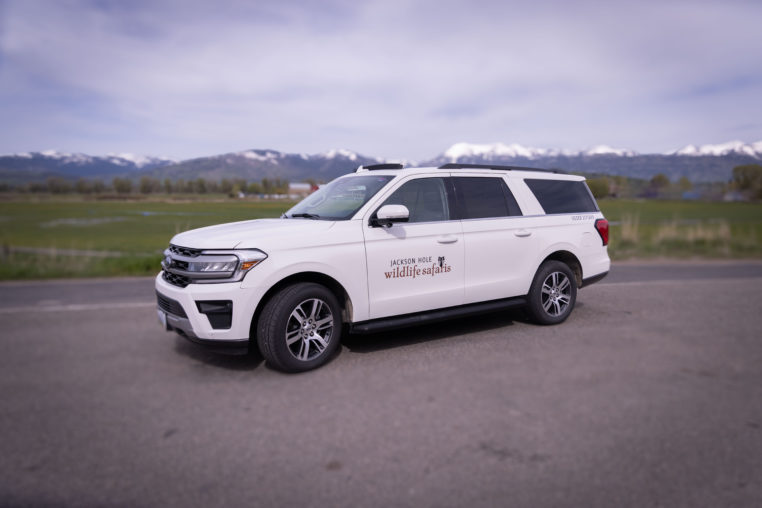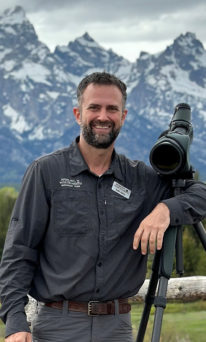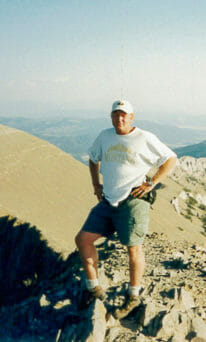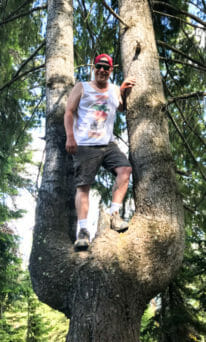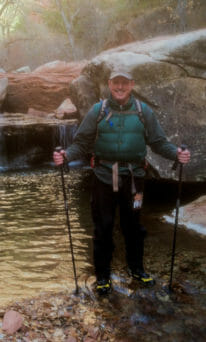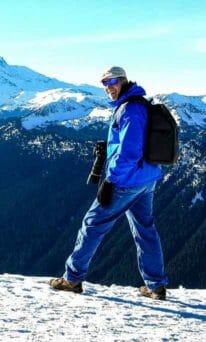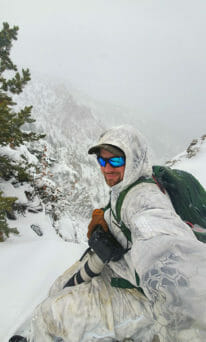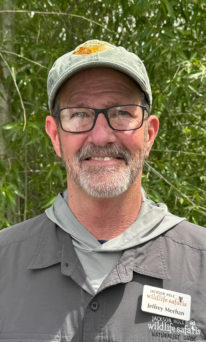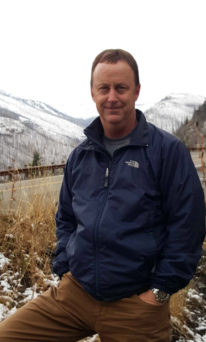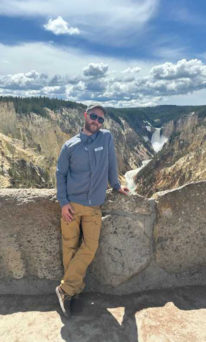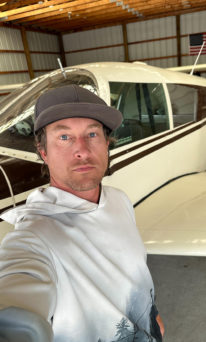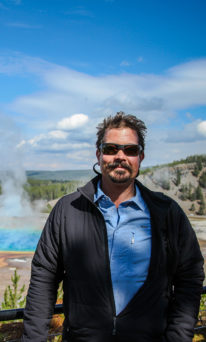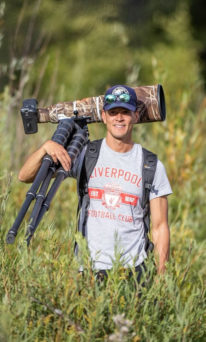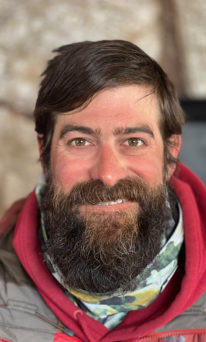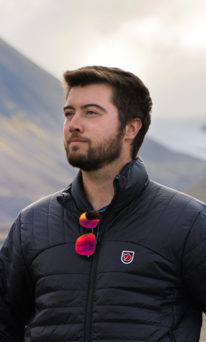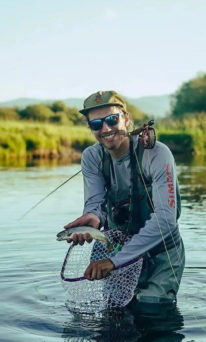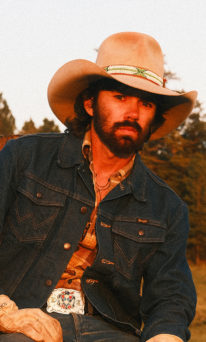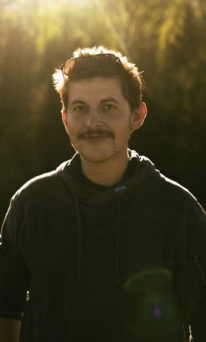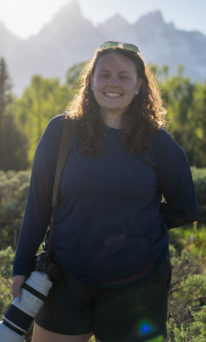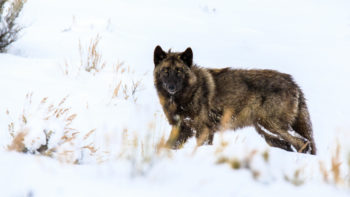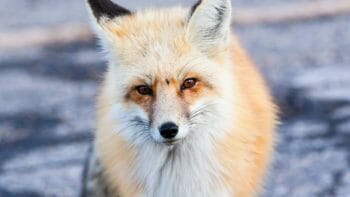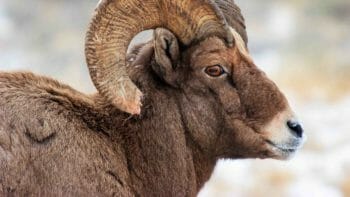Overview
Discover Grand Teton National Park from a unique perspective. This full-day private photography journey provides the chance to improve your photography abilities as you explore the national park under the guidance of a professional photography instructor. The breathtaking scenery of the Teton Range and the variety of wildlife in Jackson Hole present exclusive and captivating photo opportunities that are distinctive to this area.
This is a wildlife safari tour with a photography focus.
Highlights
- Premium Photography Safari
- Personalized Instruction & Creative Direction
- Grand Teton Landscapes & Wildlife Sightings
Our professional photography guides will maximize your goals and expand your skill set whether you identify as an amateur or professional photographer. Throughout the day, your guide will work with you to advance your skill set covering topics such as gear, shutter speed, aperture, ISO, white balance, lighting, composition, editing, and more.
Remember that landscape photography can be influenced by changing weather conditions, and wildlife photography relies on the unpredictable nature of wild animals, which can sometimes be elusive. Your experienced photography guide is eager to assist with your camera equipment, address any photography-related inquiries, and impart valuable photography tips and techniques.
This tour is van-based with ample time out of the vehicle for photography and instruction. Please come prepared for a variety of conditions and terrain.
Embark on a full-day private photography tour that kicks off with an early morning pick-up, in order to seize the best moments for wildlife and landscape photography. The pick-up time is flexible, adapting to the day’s weather and lighting, while our skilled photography guides tailor the tour to match your creative aspirations and objectives. Whether you’re an aspiring photographer inspired like Ansel Adams, or simply passionate about capturing the beauty of nature, this tour into Grand Teton National Park offers a unique chance to view the best scenic spots and wildlife-rich areas with an experienced guide.
Your photography guide will lead you through over 50 miles of park roads, paying close attention to conditions ideal for photography. You’ll find numerous, well-placed viewing points along the way, each presenting breathtaking scenes of meandering rivers, crystal-clear waters reflecting the sky, rugged mountain peaks, and opportunities for exceptional wildlife photos. The dynamic nature of this wilderness ensures that no two photographs are alike, even from popular spots like the Snake River Overlook or Oxbow Bend, as weather and light change constantly. Our guides are experts in identifying the best photography locations and will encourage you to explore and challenge yourself at each site, tailoring the tour to your physical and technical abilities.
The unpredictability of wildlife sightings adds to the tour’s excitement. While certain animals like bison, moose, and pronghorn are often found in specific habitats during particular seasons, there’s always a possibility of encountering them in unexpected places, setting the stage for a truly unique photograph. You might also spot less common species such as otters, wolves, and great gray owls, adding an element of surprise and anticipation to your adventure.
To deepen your understanding of the seasonal patterns of wildlife in Jackson Hole, explore information about the different seasons and the animals you’re likely to encounter in Jackson Hole, Grand Teton National Park, or Yellowstone. If you have a specific wildlife subject in mind, timing your visit to coincide with their typical appearances increases your chances of capturing them in their natural setting.
During the quieter part of the day, there will be time to review images, discuss both accomplishments and areas for improvement, and enhance your knowledge of Lightroom. Our guides are committed to placing you in the right environment for capturing your dream shot and aiding in bringing your creative vision to life through our editing workshops. A key goal of the tour is for you to return home with several standout images that showcase your progress and understanding of the photographic principles discussed.
Please note that appropriate seasonal gear is essential to comfortably navigate short walks in varying weather conditions during the tour.
What's Included
-
Hotel pickup
-
Professional photography guide
-
Private safari
-
Light breakfast
-
Assorted snack basket
-
Lunch
-
Hot and cold beverages
-
Use of UHD binoculars and spotting scopes
-
Guide gratuities
-
National Park entrance fees
-
Personal photography equipment
Private Safari
Tour Information
What time is my hotel pickup?
All guests are picked up and returned to their place of lodging. We pick up at hotels and condos in Jackson and Teton Village. Your exact pick up time will be determined by your hotel location and the season. Please make note of your pickup time, and save it for your reference.
Please give your guide an additional 5-10 minutes before and after the scheduled time to allow for other pickups or traffic conditions. Changes to trip timing may be made to accommodate daylight and/or optimum wildlife viewing.
Approximate pickup times for Jackson Hole include:
November 1 – April 30
- 7:00 AM – Teton Village locations
- 7:30 AM – Wilson, Aspens, Amangani, Spring Creek, and Town of Jackson locations
What is the itinerary?
Your exact route and itinerary will be determined by your interests, current wildlife sightings, and current weather and road conditions. Our guides are all highly experienced, with thousands of hours in the field, and will expertly tailor your safari to you and your group.
In the Wild
Spotten on Safari
I recently had the pleasure of going on a photography safari and I must say it was an unforgettable experience. Our guide's knowledge and passion for wildlife were evident from the moment we set out on our adventure.
Throughout the safari, his expertise shone through as he shared fascinating facts about the animals and their behavior. He had an uncanny ability to spot even the most elusive creatures, making sure we didn't miss a thing. His enthusiasm was contagious, and his stories about the animals and the ecosystem added depth to the experience.
Safari Tour Gallery
All photography has been shot by our talented tour guides.
FAQs
What equipment should we bring for a full day photography safari tour?
Bring the photography equipment you are familiar with using on a daily basis. Before you head out, make sure you have fully charged batteries, including a spare for the day. We recommend having extra memory cards on hand. For landscape photography, a 14mm-24mm and 24mm-70mm lens are best. For wildlife photography, a 300mm, 500mm and 600mm lens are best. A tripod is optional; if you have your own, and would like to bring it, you may do so.
What should we wear for a full day photography tour in Grand Teton National Park?
For the winter season, layers are a must. Choose lightweight wicking layers to wear against the skin and add insulating layers to keep you warm. A wind/snow shell is key in order to keep you dry. Sturdy waterproof snow boots with good traction should be worn with wool or synthetic socks to keep your feet warm and dry. Don’t forget to bring a wool or fleece hat and warm pair of gloves or mittens.
What's the best time of year for a Grand Teton photography safari tour?
Wildlife sightings vary throughout the seasons and there’s not one season that is better than another; it only depends on your photography goals. The diversity of flora and fauna in Grand Teton National Park is impressive; sometimes, you just need to know where, and when, to look. During the winter months (November – March) you may see elk, bighorn sheep, moose (possibly without antlers), coyotes and foxes.
Will we learn tips for winter photography?
Absolutely. The Grand Teton Winter Photography Experience is built around photography instruction. You’ll be guided by a professional photography instructor who covers gear basics (lenses, shutter speed, ISO, white balance), composition, lighting in snow conditions, and how to adapt when weather changes. Throughout the full-day tour you’ll get hands-on feedback and creative direction, helping you improve your winter photography skills.
What animals will we see on a full day Grand Teton photography tour?
On a full-day winter photography tour in Grand Teton, you can expect a diverse lineup of wildlife. Moose often appear near willow flats and streambanks, while large herds of elk spend their winters on the National Elk Refuge. Bison may be seen pushing through snow in open flats. Predatory species like wolves are more elusive but possible sightings in larger valleys. Coyotes, foxes, and bald eagles are additional regulars, especially around rivers and wetland areas where prey and open water persist even in cold months.
What can we expect to see during diffferent times of the day?
Wildlife activity in Grand Teton changes with the light. Early mornings are often the best for spotting large mammals like moose, elk, and bison as they move through open meadows. Midday brings opportunities for raptors soaring on thermals, smaller mammals, and scenic shots of the Tetons in bright light. Late afternoon and dusk mirror the morning, with animals becoming active again, especially predators like coyotes and foxes hunting in open fields. Photographers can also expect dramatic shifts in light, from soft morning glow to golden hour and alpenglow at sunset, each offering unique photographic opportunities.
Vehicles & Optics
Our Vehicles
At Jackson Hole Wildlife Safaris we use top-of-the-line vehicles designed to enhance your wildlife safari experience while ensuring comfort and safety. These rugged and comfortable vehicles feature expansive windows, giving you unobstructed views of the incredible wildlife and stunning landscapes of Jackson Hole. We use small passenger vans and SUVs for small group sizes to accommodate a personalized experience. With high-clearance capabilities, the vehicles can easily navigate any terrain we encounter, ensuring a smooth and stable ride through the area’s remote spots. Spacious seating, climate control, and knowledgeable guides ensure a comfortable, immersive experience, allowing you to connect with nature while minimizing your impact on this beautiful, pristine environment.
Our Optics
Jackson Hole Wildlife Safaris provides top-tier binoculars and spotting scopes for their tours to ensure guests have the best possible viewing experience of wildlife in the stunning landscapes of the region. We utilize high-quality, durable optics that offer sharp, clear images, even at long distances, making it easier for guests to spot elusive animals and enjoy close-up views of birds, mammals, and other wildlife. Our Athlon binoculars are lightweight and easy to handle, perfect for all ages and experience levels. The Vortex spotting scopes, equipped with powerful magnification, allow for exceptional detail when observing wildlife from afar. These professional-grade tools enhance the overall safari experience, giving guests a front-row seat to the beauty of Jackson Hole’s natural world.
Guides and Staff
Our Team
Local, experienced, and passionate guides and photographers.
Further Reading
iPhone Photography – Basic Tips and Tricks
July 4, 2019
Did you know that you have a powerful camera right in your pocket? Professional Photographer, Dwight Vasel, breaks down some basic iPhone functionality for you. Read more about the tips and tricks you can use to take photographs and video with your smartphone. With a camera built in to your phone, you have a powerful little point and shoot at your fingertips, perfect for wildlife photography in the field.
5 Winter Photography Tips: Dealing with Three Exposures
December 28, 2016
Winter is a time of paradoxes and extremes; landscapes covered in clean white snow are most beautiful; temperatures range from above freezing to well below zero, animals are wearing their finest winter furs, some animals are losing their adornments (antlers) and many scenes you will have alone as most folks are nestled comfortably in front of the fireplace. Capturing this winter beauty is an exercise of extremes. We must deal with three primary exposures; skin, camera and photographic.

